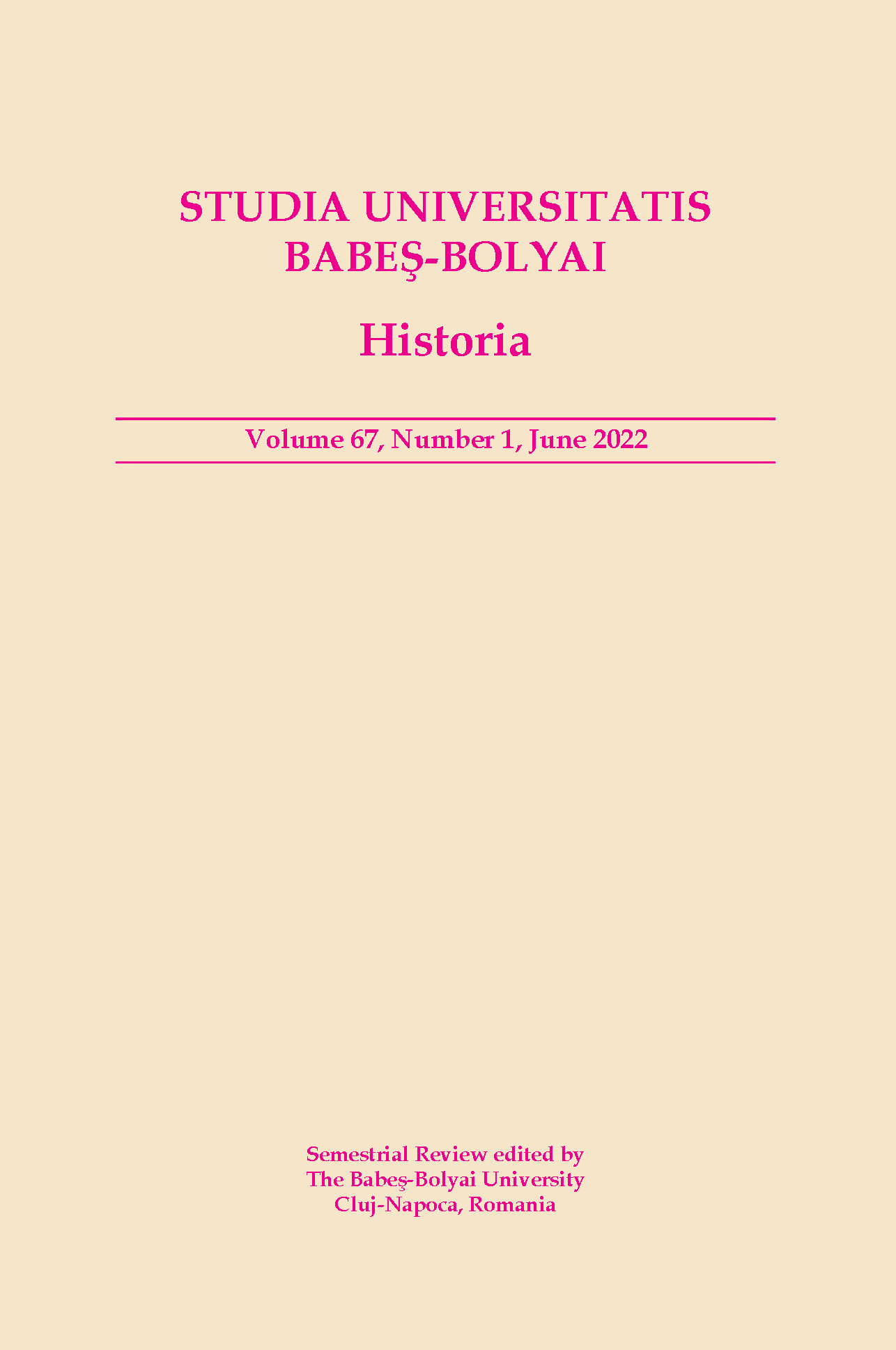A.C. CUZA, GERMAN ANTISEMITISM, AND THE SWASTIKA
A.C. CUZA, GERMAN ANTISEMITISM, AND THE SWASTIKA
Author(s): Philippe Henri BlasenSubject(s): History, Political history, Pre-WW I & WW I (1900 -1919)
Published by: Studia Universitatis Babes-Bolyai
Keywords: Political antisemitism; student antisemitism; Romanian nationalism; transnationalism; League for National Christian Defence; Iron Guard;
Summary/Abstract: This case study of transnational antisemitism in the 1910s and 1920s argues that the Romanian antisemite A.C. Cuza (1857-1947) copied the swastika from the German antisemite Heinrich Kraeger (1870-1945). It examines the evolution of Cuza’s political antisemitism from the 1890s until 1923 and discusses the possible origins of Cuza’s use of the swastika and his interpretations of the symbol. It highlights that Cuza used various foreign sources to produce vague and contradictory interpretations of the swastika, that he made no effort to give it a coherent racial meaning, and that he opportunistically but inconsistently tried to Christianise it. The study concludes that the swastika in his view became both a German and a Romanian ethnic symbol, performing the same antisemitic function in each context.
Journal: Studia Universitatis Babes-Bolyai - Historia
- Issue Year: 67/2022
- Issue No: 1
- Page Range: 21-58
- Page Count: 38
- Language: English

